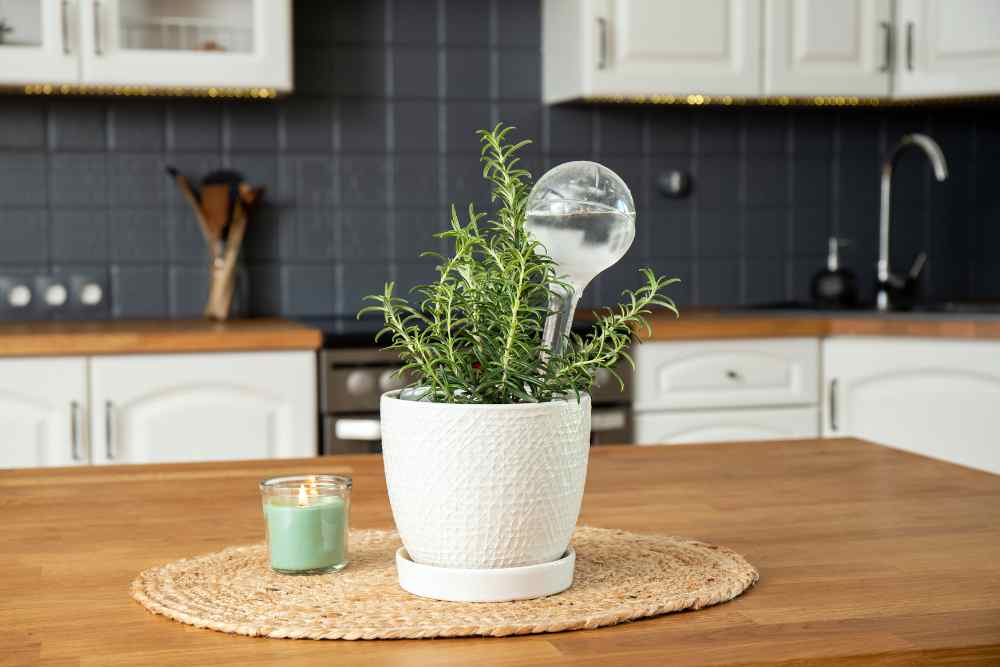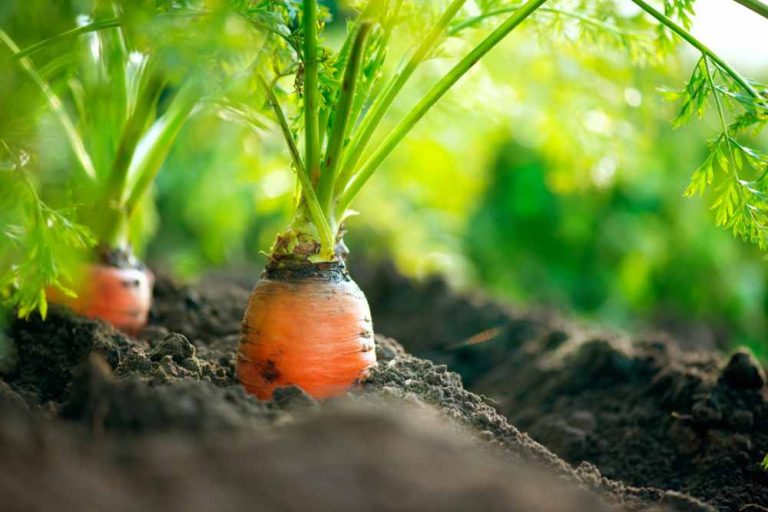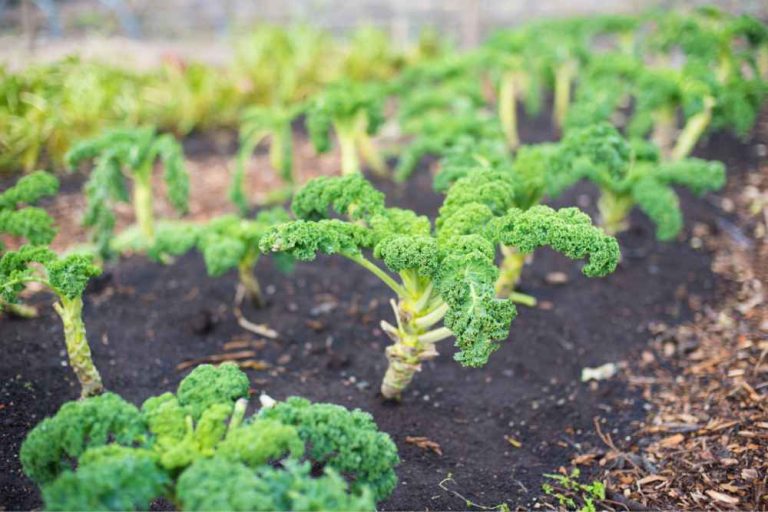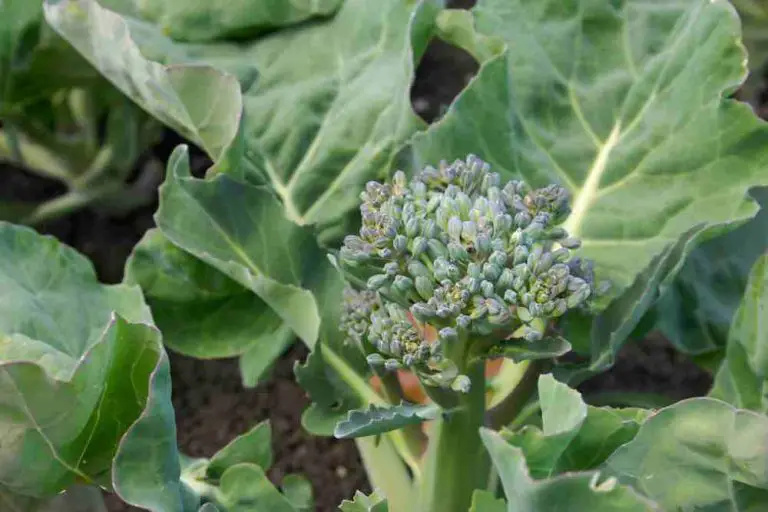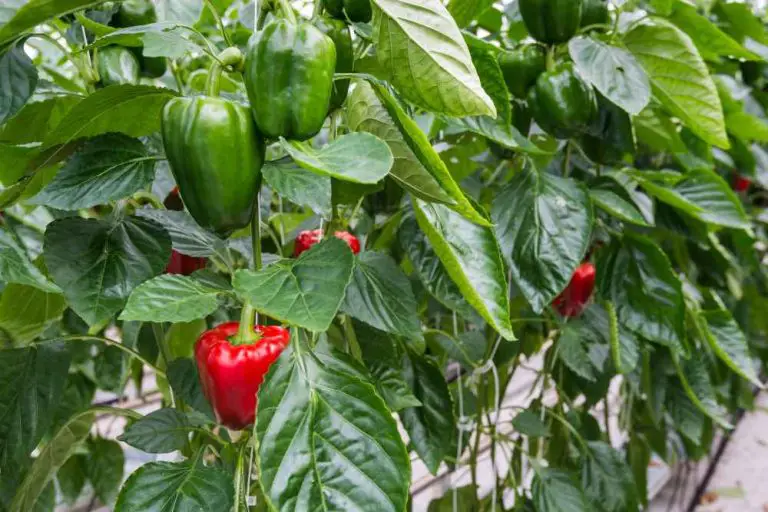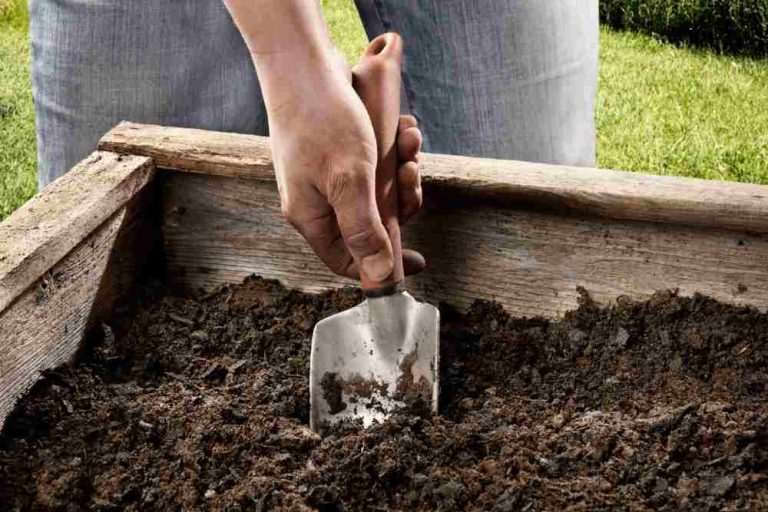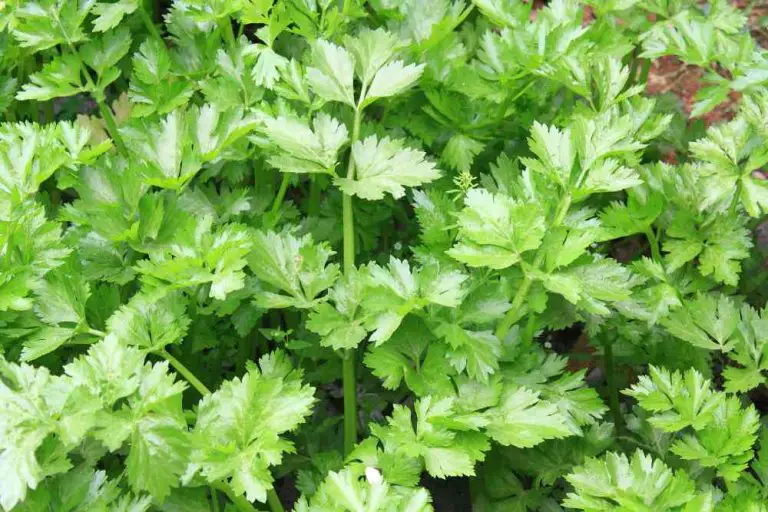How to Use Watering Globes for Plants: Ultimate Guide
Indoor and outdoor plants require the same level of care and attention. If you’re traveling or are simply forgetful, keeping the proper hydration level for your plants might be challenging. Thank goodness, the most fantastic watering globe is our brilliant solution. Let’s get to know how to use watering globes for plants.
Watering globes store water inside them, which they gradually release over the week or for a certain number of days. The best watering globes successfully water your plants, keeping them hydrated and growing even when you aren’t there to do it. Several sizes, forms, and materials are available for self-watering globes or bulbs.
What Are Plant Watering Globes?
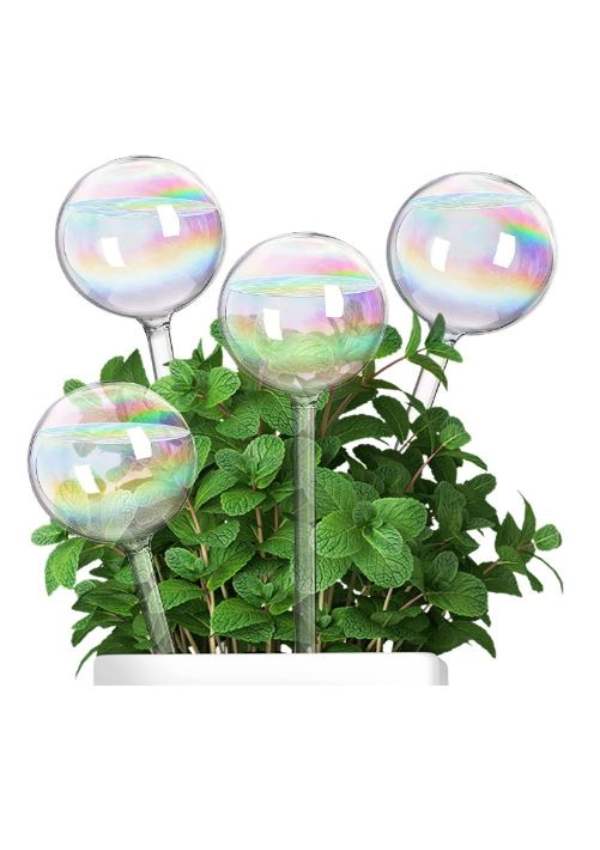
Small globes called “watering globes” are placed into the ground and have long, thin necks or spikes. They are also known as self-watering bulbs, aqua globes, and watering spikes. These days, watering globes come in a variety of materials, including plastic, polypropylene, blow glass, and more. Glass watering globes are now available in a variety of shapes, not just round ones; some are designed like adorable animals, while others are tinted in attractive colors and make lovely decorations for home décor.
Watering globes is a low-cost solution for keeping the soil around your plants moist. They don’t require an external water source and can be a lovely decorative addition to your house. Any problems can be avoided by knowing when and how to utilize a watering globe.
When To Use Plant Watering Globes?
Large containers and outside hanging plants benefit significantly from using plant-watering globes. Self-watering is done with watering globes. The watering globe will drip small amounts of water onto the plant’s root zone as the soil dries. Because of this, the soil is kept moist but not saturated.
Therefore they function effectively for plants that prefer regular hydration (but not saturation). Watering globes are a method for bottom watering your plants since the top of the soil is kept dry while the root zone is moistened. Watering is provided via watering globes even during your vacations. Plants can often last a week without water if watered before you leave. But for large, thirsty plants, watering globes can provide some extra comfort.
How Do Watering Globes Operate?
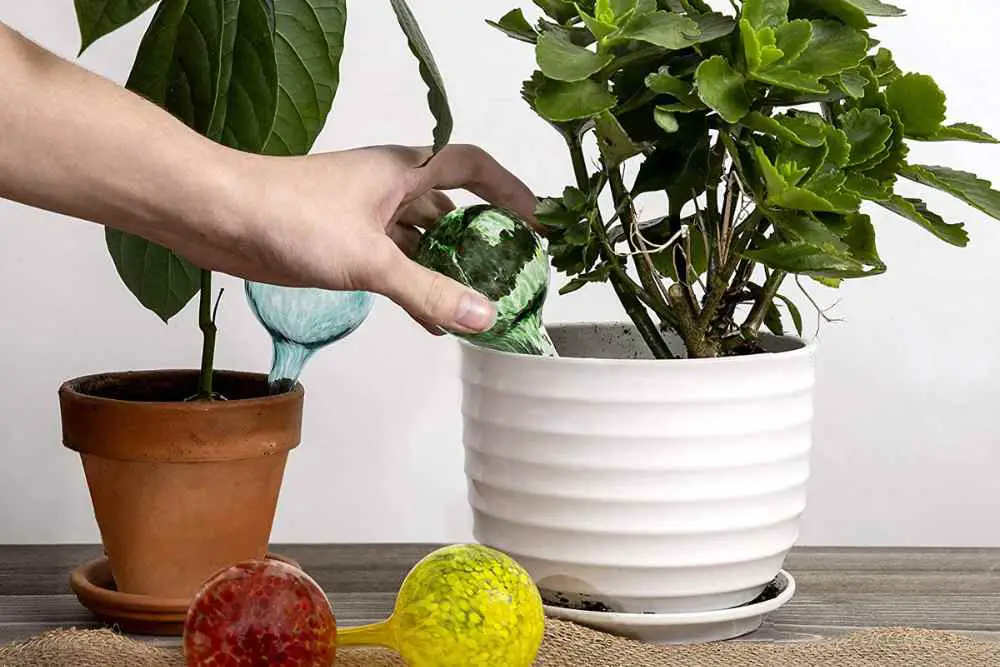
A watering globe gives your plants a constant and gentle water flow. It uses a tiny hole to let water escape, restricting how much water can exit the globe. The long, narrow neck of the watering globe is inserted into the soil by carefully inverting it after it has been filled with water.
Two mechanisms will eventually slow the rate at which the globe empties down after a small amount of water initially leaks out of the neck of the globe.
- First, the rate at which water will leave the watering globe will be constrained by the physical property of soil at the opening’s entrance.
- Second, the water draining from the globe will keep air from getting into the globe’s neck. Water will be unable to escape if air cannot enter to weakly create a vacuum, which would prevent the water from leaving. Once the soil surrounding the globe’s neck dries up, air can enter and temporarily replace some of the water until the balance is restored—the rate at which this process will constrain the globe empties.
Since these globes are top-heavy when filled, choose a pot that is the appropriate size. To balance the top, heavy water globe, use a pot that is the right size and weight. Small light plants cannot support the large globe. Either the water globe or the pot will fall if there is an imbalance.
- Use a pencil to make the hole to avoid clogging the watering globe’s tip.
- After that, take the pencil out of the channel and place the globe’s tip there.
- Place the globe in moist soil.
- When you place the globe, the soil must be thoroughly moist. This will act as a seal for the opening of the globe. The globe will rapidly dry up without a seal, overwatering your plant. Make sure to check the seal.
- Examine the top of the globe. A continuous stream of bubbles rising to the top of the glass globe is a sign of a bad seal. You’re losing water from the soil quickly. You can give the plant a lengthy, gradual feed by waiting for small bubbles to emerge occasionally.
- Another factor is the ANGLE of the water globe. The bulb should be inverted vertically for the best seal and the slowest release. More water can flow from the bulb if you place it at a more horizontal angle.
Sometimes, algae will grow within watering globes, and the globes will also gather dirt and other unpleasant things. A strong pipe cleaner can remove them by passing them through the globe’s narrow straw. To remove the challenging dirt off the globe’s sides, you can also use a very thin, flexible bottle brush that can bend and reach down inside the globe.
How Long Do Watering Globes Last?
Depending on the size of the globe and your potted plants, watering globes are supposed to last between 1-2 weeks. If used correctly, though the emptying rate varies depending on many factors, such as the pot’s soil type, the water requirement of the plant, and the surrounding temperature.
There are several different sizes of watering globes, including small for small plants and huge for large plants. Sometimes, the shapes are even amusing, like the mushroom design. Small globes, on the other hand, may empty faster than bigger ones.
Can Outside Plants Be Watered With Watering Globes?
Using a watering globe does not need moving your potted plants from their usual location. Aqua globes are ideal for both indoor and outdoor plants. However, as the light tends to cause plants to need more water, you must keep the water globes filled for outdoor plants. The type of outdoor plant will also influence whether or not the water globe should be used.
For instance, succulents don’t need to be watered constantly, so an aqua globe isn’t the best option. On the other hand, a watering globe tends to become soiled quickly when used outside. In addition to aiding in soil moisture retention, these globes can also serve as decorative elements.
When utilized for outdoor plants, dust, and other soil particles will easily remain on them, reducing their attractiveness. If you often check on your plants and are always home, use the watering globes for your outdoor plants.
Do Plants Benefit From Watering Bulbs? How Safe Are They?
Plants can be automatically watered using watering bulbs. Because of this, they are often referred to as self-watering globes or bulbs. Both the plants and the plant owners benefit greatly from their use. Maintaining a reliable hydration system for your plants while away from home is easy, inexpensive, and brilliant.
The best watering globes can keep indoor plants moist for up to two weeks. To meet the unique water requirements of your plants, you can adjust where the bulb is placed and at what angle it is facing.
In addition to the circular bulb, glass watering globes can include a thin neck or stem. Your plant’s roots are surrounded by soil, and this stem is inserted into that soil. The soil itself covers the entrance. This soil prevents water from flowing freely and reduces the rate it enters. With these self-watering globes, all you have to do is regularly refill the bulb and clean it.
What Benefits Do Watering Globes Offer?
The benefits of watering globes are simple to understand. They are reasonably priced and have a great appearance. Some people feel they need clarification on what they are and how they operate, while others only think they look great. Since using a watering globe is so simple and quick, it will be smooth if you travel on vacation. Using a watering globe doesn’t need moving potted plants from their usual location.
There are no electronics or difficult controls on the watering globe; you do not need to connect it to an outside water source. They only use physics to distribute water to your plants over time gradually.
What Are The Cons Of Watering Globes?
You need to be aware of a few drawbacks associated with watering globes. However, it will depend on your particular requirements and preferences.
You might not be able to completely control how quickly a watering globe releases its water because it is changeable. After a couple of days, some consumers reportedly found their globes empty! When you return from your trip, the difference between living and dead plants may be as much as two weeks for me, which is still a significant variation.
Water globes shouldn’t empty in less than a week if you set them up correctly since there are a few tricks to making them constantly operate. If you want to know if one will last long enough, testing it out a few times when you are not on vacation would be a good idea.
The greatest advice we can give you is to thoroughly water your plant before burying the watering globe in the soil if you discover it has become empty after a few days. The globes are not emptying as quickly as they should appear to be prevented by this.
They are fragile, which is another drawback. They have slim, lengthy, and fragile necks constructed of blown glass. Care must be taken when filling and burying them in the ground because it wouldn’t take much to break or smash them. The watering globes’ neck openings come in various sizes, and filling those with very small openings can be challenging and time-consuming.
- 20+ Chic Boho Bedroom Ideas for a Cozy and Stylish Retreat - June 20, 2024
- 12+ Modern Boho Living Room Ideas to Create a Unique Oasis - June 10, 2024
- 10 Stunning Canopy Bed Ideas for a Dreamy Escape - May 16, 2024

